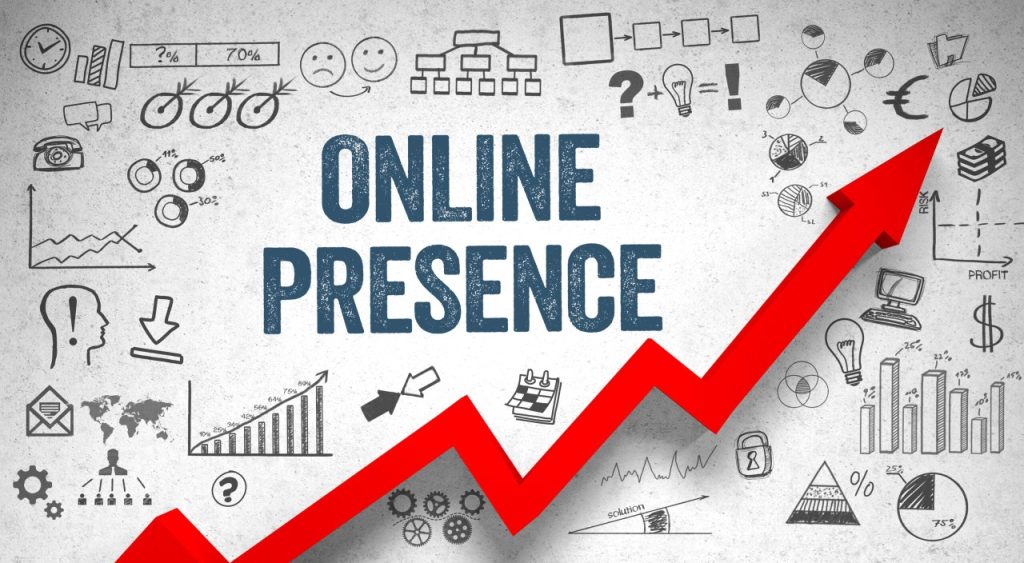In today’s digital world, creating a personal brand online is no longer optional—it’s essential. Whether you are a freelancer, entrepreneur, job seeker, or content creator, your online presence can significantly influence opportunities, credibility, and growth. A personal brand is more than just a logo or a fancy website; it’s the unique combination of your skills, values, and personality that sets you apart from others. Here’s a step-by-step guide to building a strong personal brand online.
1. Define Your Purpose and Goals

The first step in creating a personal brand is understanding why you want to build one. Are you looking to attract clients, showcase your expertise, grow your social media following, or establish yourself as a thought leader? Defining your purpose will guide your branding decisions. Once your purpose is clear, set specific, measurable goals. For example, you might aim to grow your LinkedIn followers to 5,000 within six months or get featured on industry blogs. Clear goals provide direction and make your efforts more focused.
2. Identify Your Target Audience
A personal brand isn’t about appealing to everyone; it’s about connecting with the right people. Identify your target audience—those who will benefit from your expertise, products, or services. Understand their needs, pain points, and online habits. When you know who you’re speaking to, you can tailor your content, messaging, and tone to resonate with them. This helps build trust and engagement, which are the foundation of any successful brand.
3. Craft Your Unique Value Proposition (UVP)
Your unique value proposition is what makes you stand out. It’s a clear statement of what you do, who you serve, and why you’re different. For example, instead of saying, “I’m a digital marketer,” you could say, “I help small businesses increase revenue through strategic social media campaigns.” A strong UVP communicates your value clearly and instantly, giving people a reason to remember and follow you.
4. Optimize Your Online Presence

Your online presence is the platform where your personal brand comes to life. Start with your social media profiles, website, and professional platforms like LinkedIn. Ensure consistency in your profile photos, bios, and messaging across all channels. A professional headshot, a compelling bio, and links to your work or portfolio are essential. Consider starting a personal website or blog to showcase your expertise, host your content, and provide a central hub for your audience.
5. Create Valuable and Consistent Content
Content is the backbone of personal branding. Share valuable insights, tips, and experiences that demonstrate your expertise. This could be through blog posts, videos, podcasts, infographics, or social media updates. Consistency is key—posting regularly keeps your audience engaged and reinforces your brand identity. Remember to showcase your personality as well; people connect with authenticity more than polished perfection.
6. Engage and Network
Building a personal brand is not just about broadcasting your skills—it’s about creating relationships. Engage with your audience by responding to comments, participating in discussions, and sharing other people’s content. Network with peers, mentors, and industry leaders online. Join relevant groups, webinars, and communities where your target audience hangs out. Meaningful engagement builds trust, authority, and a supportive network.
7. Monitor Your Brand and Adapt

Once your personal brand is live, it’s important to monitor its performance. Use analytics tools to track engagement, website visits, and social media metrics. Pay attention to feedback and adapt your strategy as needed. Trends, audience preferences, and platforms evolve, so staying flexible ensures your brand remains relevant.
8. Maintain Authenticity and Integrity
Finally, the most successful personal brands are authentic. Don’t try to be someone you’re not. Be transparent about your skills, experiences, and values. Integrity builds credibility, and credibility builds opportunities. Your personal brand should be a genuine reflection of who you are and what you stand for.
Conclusion
Creating a personal brand online requires clarity, strategy, and consistent effort. By defining your purpose, identifying your audience, crafting a unique value proposition, optimizing your presence, creating valuable content, engaging with your community, and staying authentic, you can build a brand that opens doors to opportunities, strengthens your reputation, and reflects your true self. In the digital age, a strong personal brand is more than a competitive advantage—it’s a necessity.

